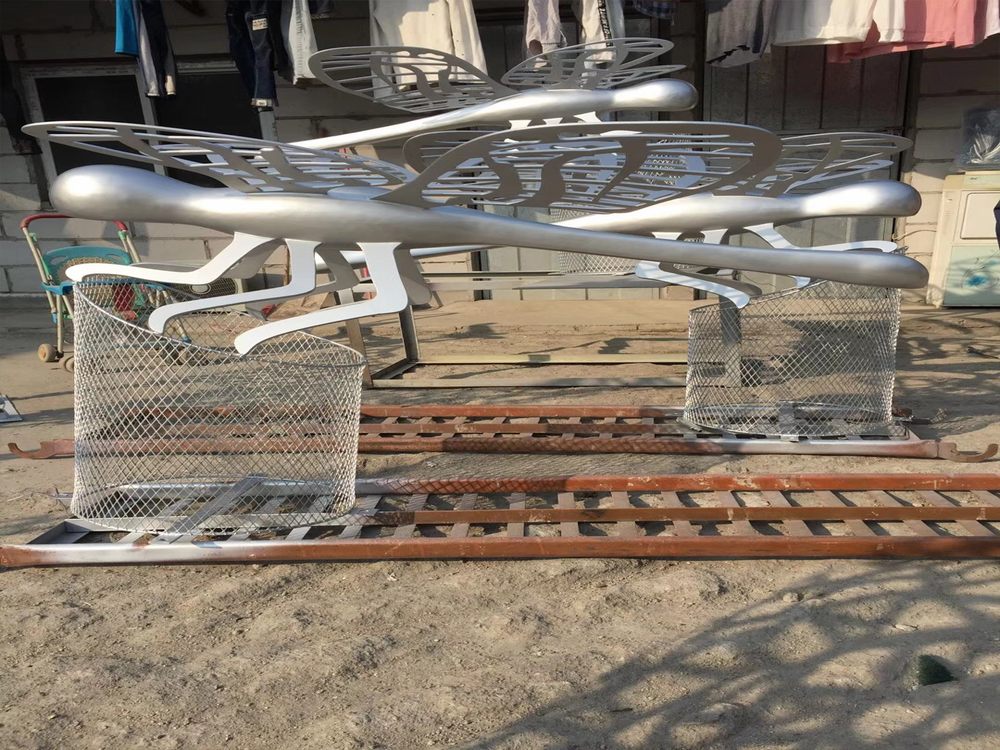
Creating sculptures from dissimilar metals presents unique challenges, but several techniques enable artists to achieve seamless and durable joins. Here are the most common methods:
1. Welding: While tricky due to differing melting points, specialized techniques like TIG (Tungsten Inert Gas) welding or laser welding can fuse metals like steel and copper. Preheating and filler rods tailored for mixed metals improve results.
2. Brazing: This method uses a lower-melting-point filler metal (e.g., silver or bronze) to bond metals without melting the base materials. Ideal for combining brass with stainless steel or aluminum.
3. Mechanical Fastening: Rivets, screws, or interlocking designs physically join metals without heat. Popular for abstract sculptures where visible connections enhance aesthetics.
4. Adhesive Bonding: High-strength epoxy or acrylic adhesives work for lightweight metals or mixed-media pieces, though durability may vary with environmental exposure.
5. Cold Joining: Techniques like crimping or press-fitting suit malleable metals like copper and aluminum, preserving their properties without thermal distortion.
Each method balances structural integrity with artistic intent, allowing sculptors to push creative boundaries while ensuring longevity.

